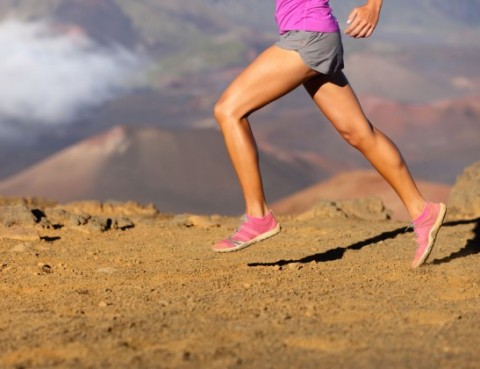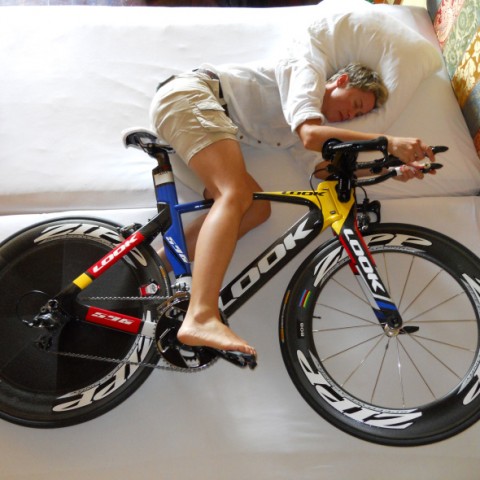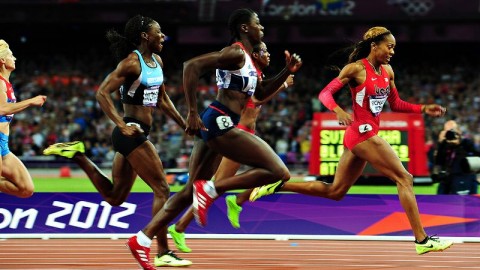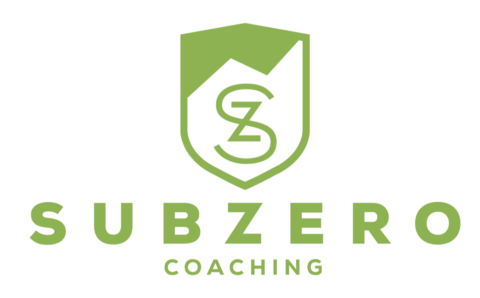Sports for Skiing – Running and Cycling

Sports for Skiing – Running and Cycling
Ski Fitness preparation.
Running and cycling are probably the most common ways for people to train for skiing. It’s worth putting these two sports under the microscope for a little comparison.
Ski Fitness Preparation: Running or Cycling?
Legs Joints
Pedaling on a bike is lower impact, so softer on the joints. It’s easier to use it a bit more freely than running on hard surfaces.
We can reduce the high impact of running with accurate choice of terrain; fairly obviously, grass is softer than wood (basketball or volleyball grounds), which is softer than concrete etc.
Forest/park trails often have soft earth or pine chips. Again, a better option than hard artificial surfaces.
Muscle Groups Activation
How your hamstrings activats is something else to bear in mind when choosing between cycling and running. Cycling is mainly a quads workout, excluding the hamstring for most of the movement. Running, on the other hand, activates the hamstrings a lot more (in a correct running movement). Make sure you know how well your quadriceps balance in relation to your hamstrings to help decide which discipline is more adequate for them!
Upper body
Correct running technique can help train good upper body posture. Although, be aware that as soon as tiredness sets in, and the shoulders and top part of the chest start to collapse, good posture can suffer.
Roadbikes (mountain bikes less so), tend to put the upper body in a strong kyphotic position, forcing the shoulders to stay forward and the shoulder blades to remain open. Ideally to each workout should follow a few stretching exercises, to help the upper body joints return to a more neutral position.
Pelvis
Pelvic tilts can be of some concern for skiers, since spending a long time in the ski position can modify the correct pelvic posture.
It can then become a delicate subject in running, since bad running technique can bring extra stress to the spine/pelvis joints. However, if well perfomed, running shouldn’t interfere with the pelvic tilt and shouldn’t aggravate a postural issue.
Cycling can be of some relief to the back muscles if you tend to have an anterior pelvis tilt (very common on skiers), as it forces a flatter lower back position. Though, it’s not of much help in the stretching of the ileopsoas (hip flexor) muscle. which runs the balancing the pelvis tilt. Once again specific stretching exercises can address this issue after cycling.
Concentric – Eccentric
Deep breath, here comes a technical bit: Cycling is mainly a concentric movement (push away movement) which is relatively quick to recover from.
Running has a stronger eccentric component (resistance to a force that pushes towards us), which takes longer to recover from. Training the concentric-eccentric components is probably one of the most fun/challenging aspects of structuring a long term conditioning program… But, for the time being, make sure the recovery time between training sessions is adequate.
Long Distance Run or Cycle
As mentioned in the introduction article, the aerobic system plays a big role in recovering better and quicker. Training over medium to long distances is a good way to train that skill. Though it’s essential to balance the amount of time spent on this type of training. The aerobic system is not the main energy system required in skiing!
Interval Training
It’s worth mentioning that many coaches in a lot of sports have abandoned long steady pace sessions. Instead, interval training (IT) has become the method of reference to build a better endurance. Short periods of high intensity followed by periods of active recovery have been found to be more efficient in cardiovascular improvements than prolonged, steady paced efforts.
We can create the structure of the IT workout ad hoc for what we need to train at each stage. For example: 30″ run at 80% bpm followed by 2′ run at 65%bpm , repeated 5 times.
Depending on the athlete’s needs, we can increase the intensity (bpm), the length of the effort or the intensity of the active recovery (up from 65% to 70% etc).
This subject, as you can see, is relatively broad, and an associated article may appear soon!

Athletics distance for skiing – The 400 meters
The 400 meters in athletics is possibly the closest match to skiing in terms of the energy system required. The “queen of disciplines” requires activation of all 3 energy systems (anaerobic lactacid and alactacid + aerobic).
These training schedules comprised mixed distances between the 100m and the 800m. They are not only essential for the specialised 400m athletes, but are also very beneficial to skiers .
One way to get some training in the summer could be just by joining the local athletics team! After a few training sessions and a mock circuit race you will realise why it’s called “the death lap”..
Of course, the movement pattern itself is not going to be similar to skiing. Though, the overall achievable fitness levels should be easily appliable into skiing.

Ski Fitness Preparation – Sports for Skiing – Running and Cycling – Coming up next
We will need to keep these facts in mind while reading the next articles. They will take in consideration complex sport disciplines (team sports, ball games, motorsports etc). The majority of them will be based either on running or on cycling, so keep this article close by!
Ski Fitness Preparation in our ski courses
All our ski instructor courses are run by a team of coaches working together. We believe that a correct physical preparation is fundamental for the success in a ski career. Having dedicated coaches, along with physiotherapists and postural educators, helps us keeping the trainees aways from injuries.
This is valid for all our group courses in Zermatt, such as the Autumn and Winter Gap Courses, the ISIA Level 3 Course and the Level 4 Course. For more courses you can visit the dedicate webpage here. Private coaching in Switzerland and across Europe is also available contacting us at info@subzerocoaching.com
The Subzero Coaching Team
